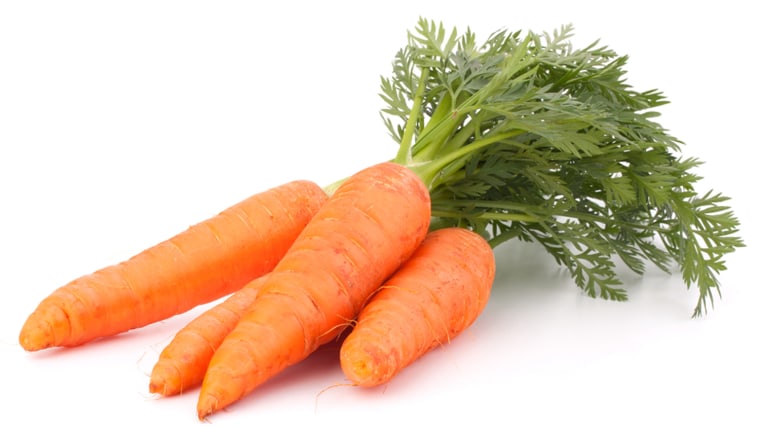Sugar — we love its sweetness and our bodies need it. Sugar is found in countless foods and beverages –both natural sugars and added sugars — but you may not realize why we crave it.

Here are five surprising facts about sugar.
1. The brain requires glucose (sugar) to function.
Under most conditions, the brain gets 100% of its fuel from glucose. It’s the preferred and mandatory compound that drives all metabolic processes within the brain. Even under conditions of extreme starvation — when calories are scarce — the brain still requires some glucose.
While the brain can use other fuel (from the breakdown of fat), our bodies protect the brain by converting fat and protein into glucose to provide the necessary fuel to keep the brain working normally. Even under the worst metabolic conditions, our brains still require about one-fourth of the total fuel to come from glucose.
Even under “stimulated” conditions like exercise, our body quickly first uses up the limited stored sugar for energy (only about 6% of energy stores), then turn to fat and protein for alternate energy stores.
2. All animals (except for cats!) are born with a preference for a sweet taste.
Taste buds are the sensors that perceive 5 basic tastes: sweet, sour, bitter, salty, and umami (meaty).
Our taste buds register a sweet taste, then send signals to the brain which translate a signal for the perception of a pleasant taste. From a survival perspective, when we foraged for food, this sweet taste meant a ready source of calories for survival, with sugars as a readily useable source of energy for the body. Sweet-tasting foods in nature, like fruits, are also loaded with vitamins, minerals, fiber, and usually water, which helps ensure nutrient variety in the food supply.
3. Fruits and (some vegetables) are nature’s candy.

Added sugars never occur naturally in foods. But there are two sugars that do: fructose and lactose.
Fruit and some vegetables, like beets and carrots, are nature’s candy, and contain fructose. And when dried by the sun, with less water, dried fruits are even sweeter.
One explanation of why fruit-bearing plants have a sweet taste and aroma is for the survival of the plant, not the human. In nature, plants need to pollinate their seeds, and spread them to create new plants. Having an animal be attracted to a plant and sniff around transfers a lot of the pollen away from the mother plant, to another area where new seeds can grow.
Dairy products contain lactose, naturally rich in protein, calcium, and fortified with vitamin D. These sources of dietary sugars are encouraged — and health promoting.
4. Added sugars CAN be part of a healthy diet.
Added sugars have been steadily creeping up in the typical American diet for many years.
At an average of around 22 teaspoons, or 88 grams, consumed per day (many people consume much more), that’s about twice the daily guidelines from health groups.
There are 4 grams of sugar in a teaspoon. For weight control, prevention of dental caries, and overall health aim for about 5% to 10% of your total caloric intake from added sugars. For a person eating 1,800 calories per day, that’s a maximum of up to 180 calories per day (about 11 teaspoons).
For most eaters, this translates to as few as 6 teaspoons a day to up to 12 teaspoons.
5. Foods don’t have to taste sweet to contain a lot of added sugar.
The “taste test” doesn’t work when it comes to sugar.
Added sugars are “hidden," until you read the ingredient list.
Limit foods with any type of added sugar as the top two or three ingredients. And don’t just look for the word sugar.
Look for words including: sweetener, cane, syrup, and any word ending in “-ose”; they’re all added sugars.
What's an added sugar? How to read the labels
Don’t make the mistake that added sugars like honey, molasses, and agave are healthier alternatives. The body views them the same way as table sugar. And check out the grams of “sugars” listed under the carbohydrate part of the nutrition label.
Some of the biggest added surprises come from everyday foods like ketchup, barbeque sauce, spaghetti sauce, cereals, frozen or canned fruits.
Follow Madelyn on twitter: @drfernstrom.